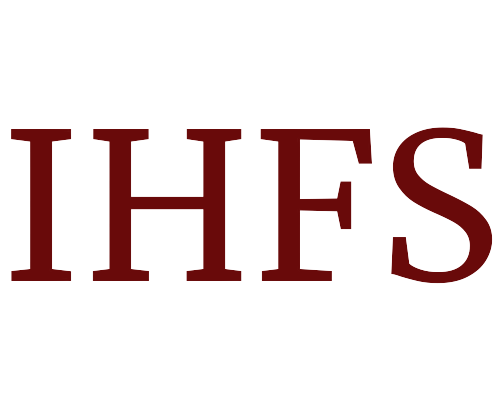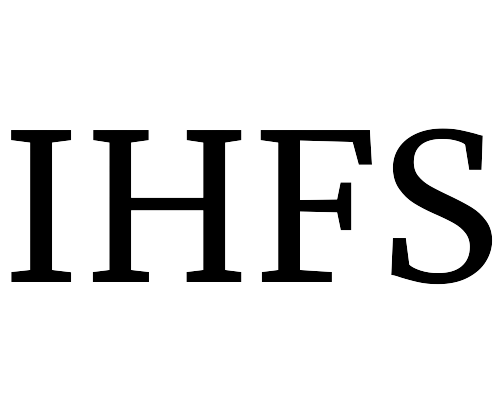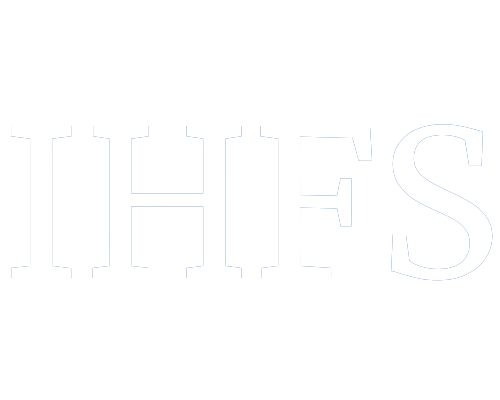B Govindasamy Chettiar
IHFS – Navroji Mistri Excellence Award For Philanthrophy
Born in 1905 Govindasamy Chettiar was barely into adulthood when he came to Singapore from India. He partnered with a certain Mohammed Yusof and later began managing the Indian Labour Company that supplied stevedores (dockworkers), lighter men, wharf workers, lascars (Indian sailors or military men) and dockyard workers to the Harbour Board. He employed an eclectic mix of Indian and Chinese workmen to work for him in the port.
Like all other philanthropists before him, Govindasamy Chettiar donated generously to charities and temple funds and helped in the refurbishments and remodeling of the Sri Mariamman Temple. He also served as the temple’s trustee for many years.
In the early 20th century, the Tamil Hindus of Potong Pasir under the leadership of Rengasamy Murier, Murugaiyan, Samiappan and Vairappan Thevar built a small temple in Upper Serangoon Road and handed it over to B. Govindasamy Chettiar. He did develop it but, it was his nephew and son-in-law S L Perumal who at his own expense built the present holdings.
The offices of Govindasamy Chettiar were where the present Gate 2, opposite the old Customs Buildings in Keppel Road now stands. His instinct for his fellow brethren allowed for free meals and for all those who worked in the port as well as those who lived outside of it. Nobody seeking a meal was turned off. There was a refrain that rang out loud: ‘if you want a free meal go to Govindasamy Chettiar’s ‘kottai’ (shed). If ever anybody sought any kind of assistance his immediate instinct was always to help. ‘Oh, I am getting the men to work for me; their sweat is our money and therefore they deserve financial aid when they ask for it’, was the maxim he lived by.
The Japanese Occupation of Singapore did not deter him at all. He continued his work despite the Syonan Koun Kaisah running the port.
When the Singapore Harbour Board in 1948 decided to discontinue the system of contract labour to the port, the move disillusioned and tore into him.
He died on 6 April 1948 aged 59 and his wake and funeral was attended by thousands of people from all walks of life.
Before his death he requested his nephew and son-in-law the late SL Perumal to build new additions to the main tower the ‘Rajakopuram’. SL Perumal agreed and right up to this day, Hindu devotees who worship there feel the spiritual aura of this house of worship.



